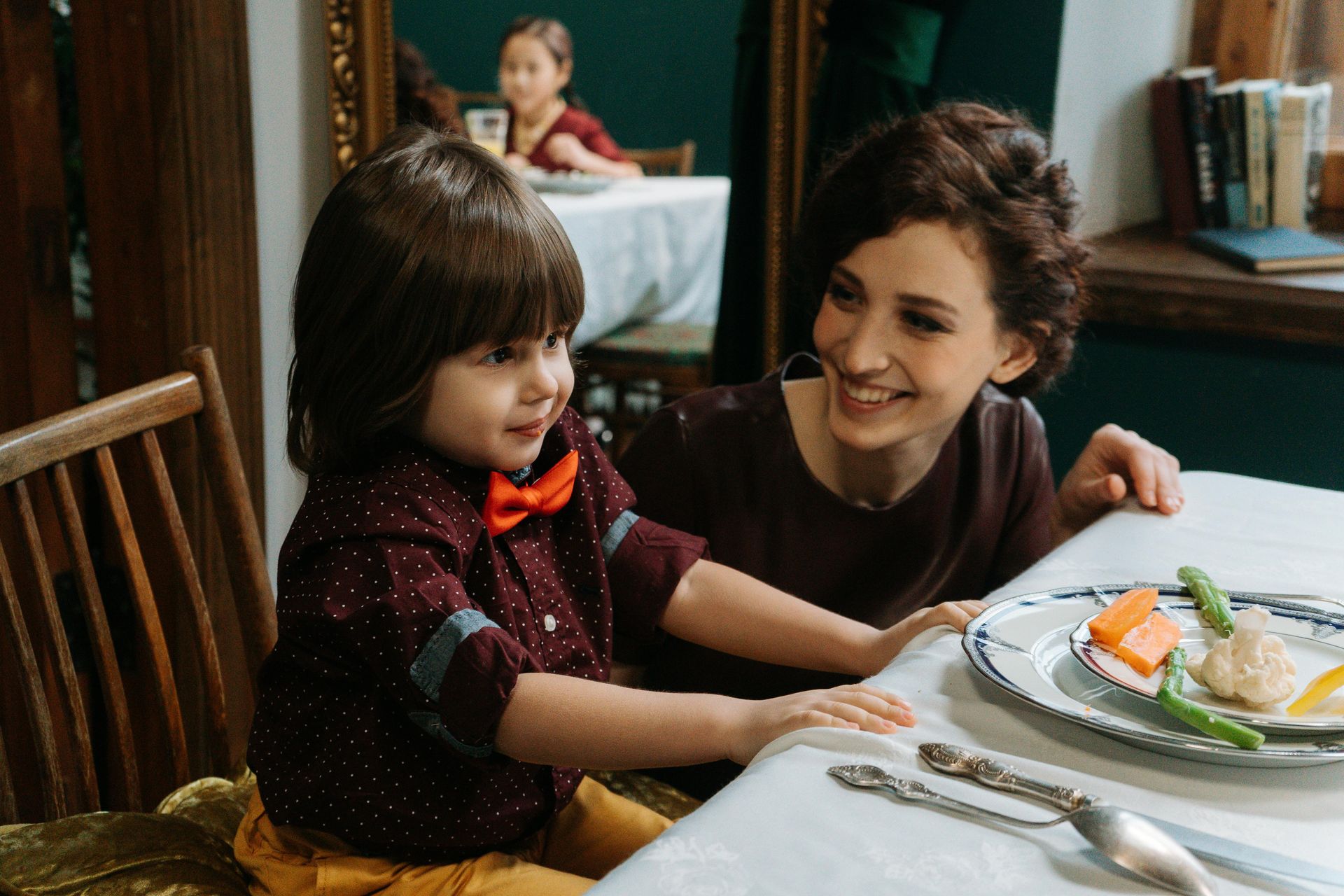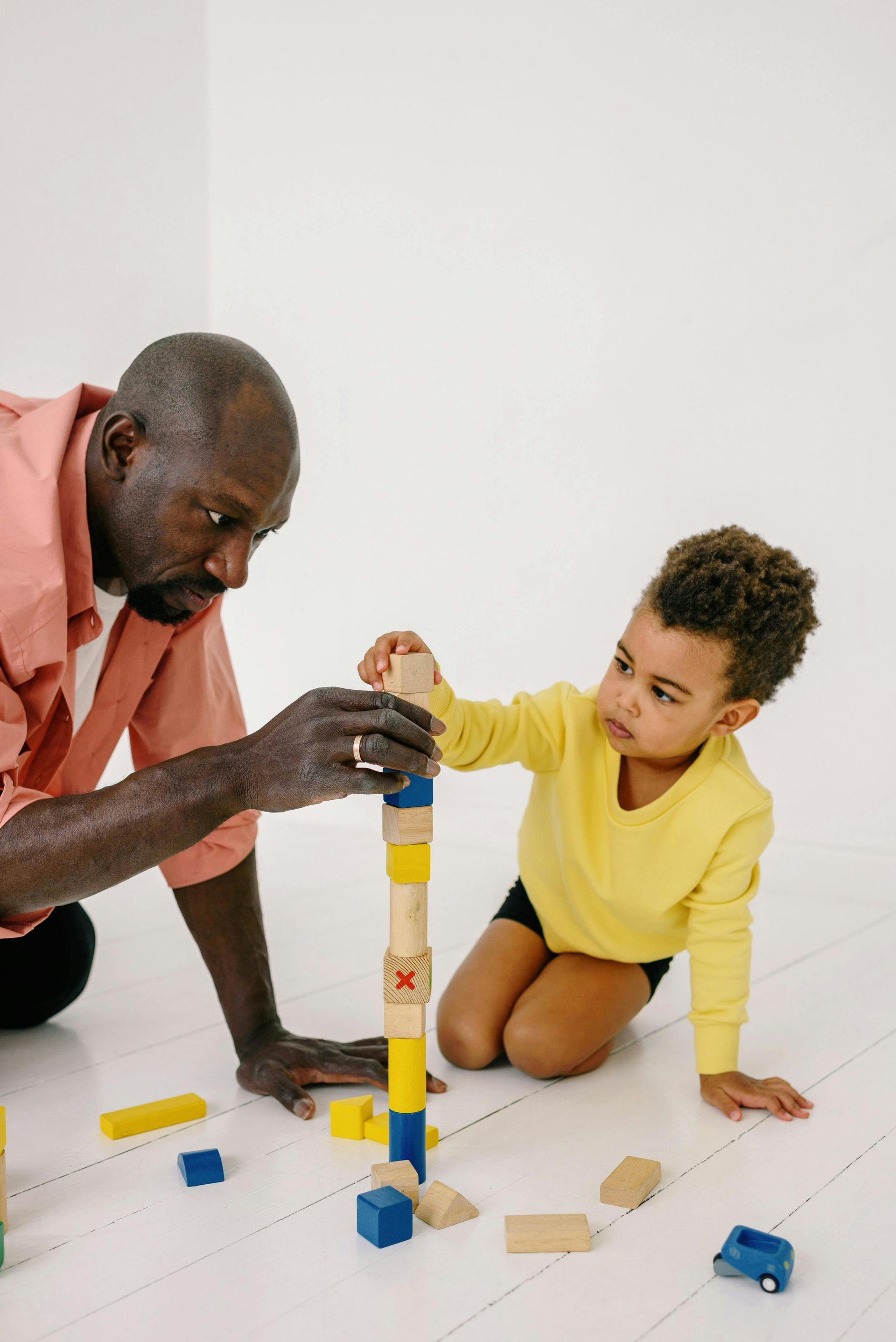Obesity Risk in Individuals with Autism
In this day and age, rates of obesity are climbing in all demographics; however, people with autism are twice as likely to be obese than those in the neurotypical population. Over 30% of individuals with autism are obese.
Obesity may be due to hormonal imbalances or physical disabilities, both of which are common in autism. Other factors could include metabolic issues and side effects of medication. Obesity risk can be influenced by genetics, sleep habits, or the level of severity of one’s autism symptoms, and more.
The connection between obesity and autism is complex. Experts say that many factors could merge to increase obesity risk in children with autism. Comorbidities such as endocrine disorders or gastrointestinal issues may change how food moves through the body or how caloric intake is processed. Both of these issues may lead to obesity.
Being obese increases one's risk of a wide range of conditions including heart disease, Type 2 diabetes, high blood pressure, high cholesterol, sleep apnea, gallbladder disease, and other ailments. In fact, most health issues are made worse by living with obesity, and obesity can greatly impact one’s life expectancy. Obesity is also known to limit mobility and reduce overall quality of life. It can bring chronic pain and affect mental health. Depression and anxiety are common in people who suffer from obesity. Many also experience loneliness or low self-esteem. The stigma of obesity in our society can make these social symptoms just as difficult as physical ones.
To top it off, people who have autism and are obese may be predisposed to experience some of these social symptoms, mobility issues, or mental health concerns. Obesity may further compound existing struggles.
Working against such predispositions may be tricky but not impossible. Do what you can to encourage trying new nutritious food and keeping a healthy relationship with food. Have your child help you prepare meals or grow fresh vegetables—taking ownership of one food in this way can be helpful. Including intentional movement and exercise in your child’s life in various ways can also help your child stay at a healthy weight. Finally, always discuss any concerns you have with your child’s doctor or
ABA therapist, and they can provide additional insight into what may best for your child.
Contact Positive Reinforcement today for in home ABA therapy servicing North Virginia, West Virginia including ABA Therapy in Richmond Virginia and surrounding cities.











